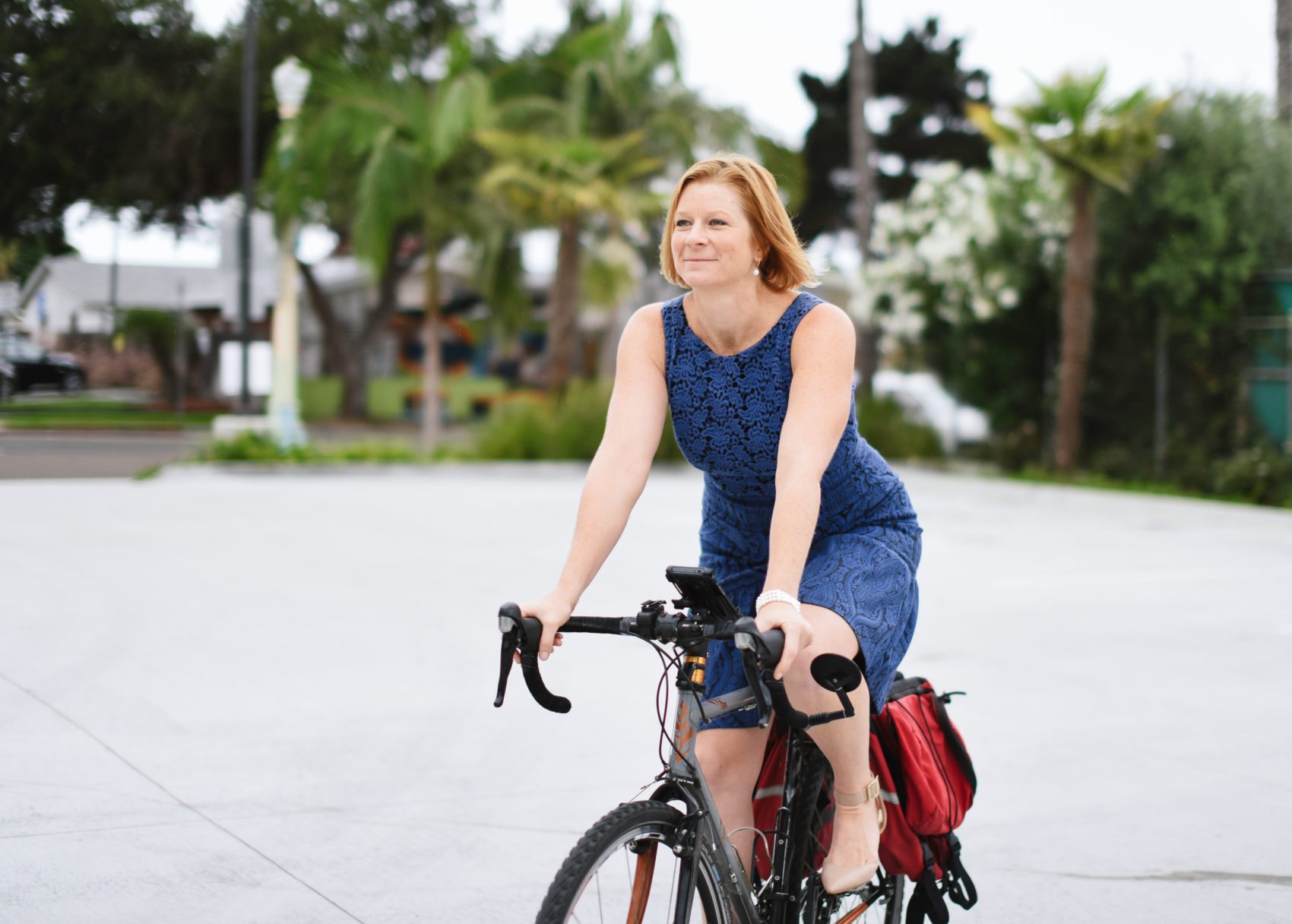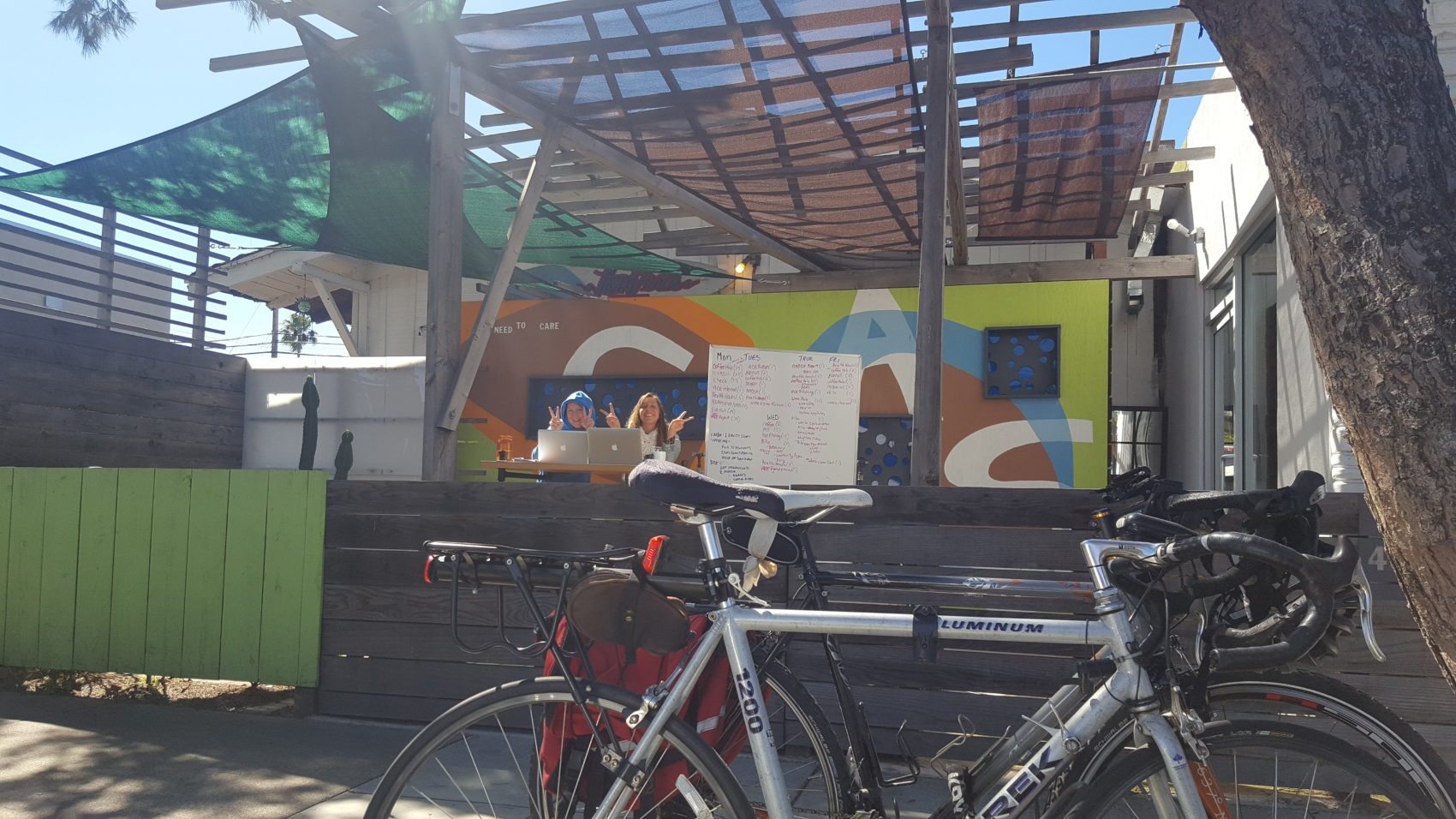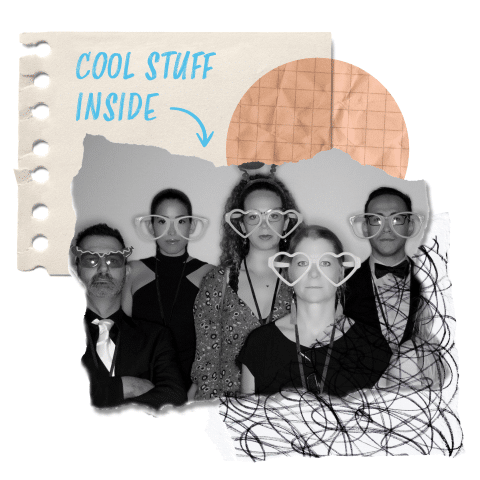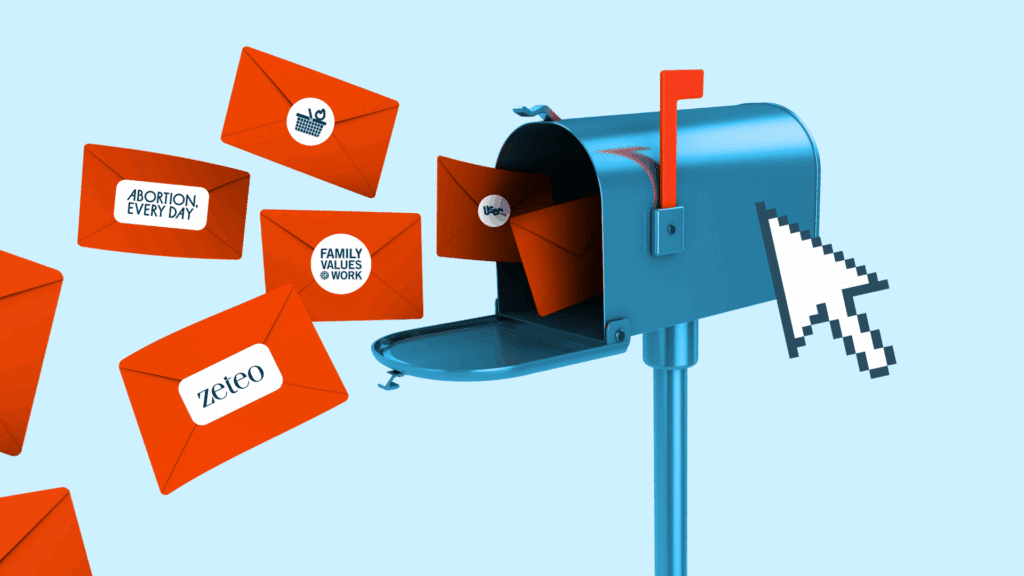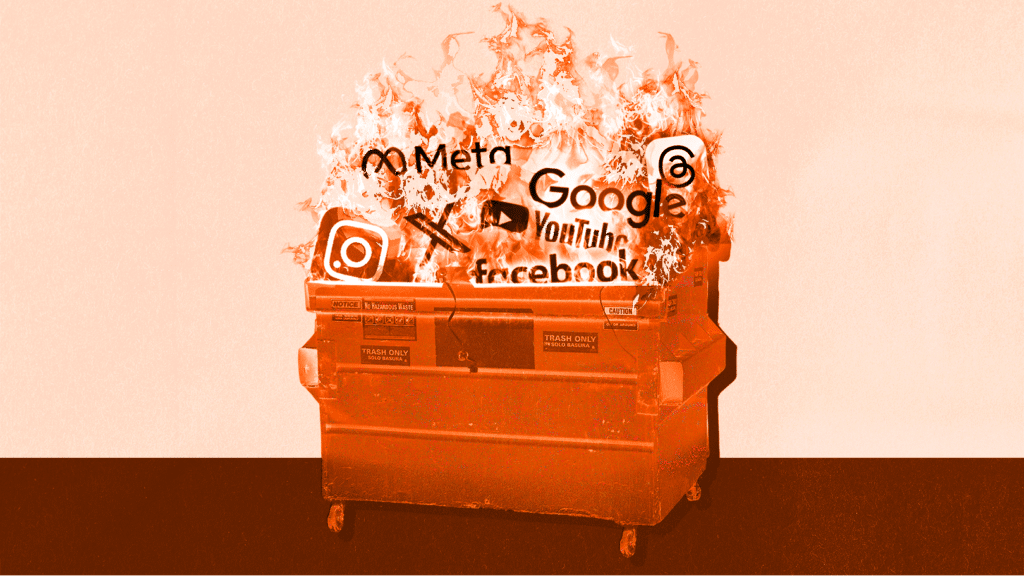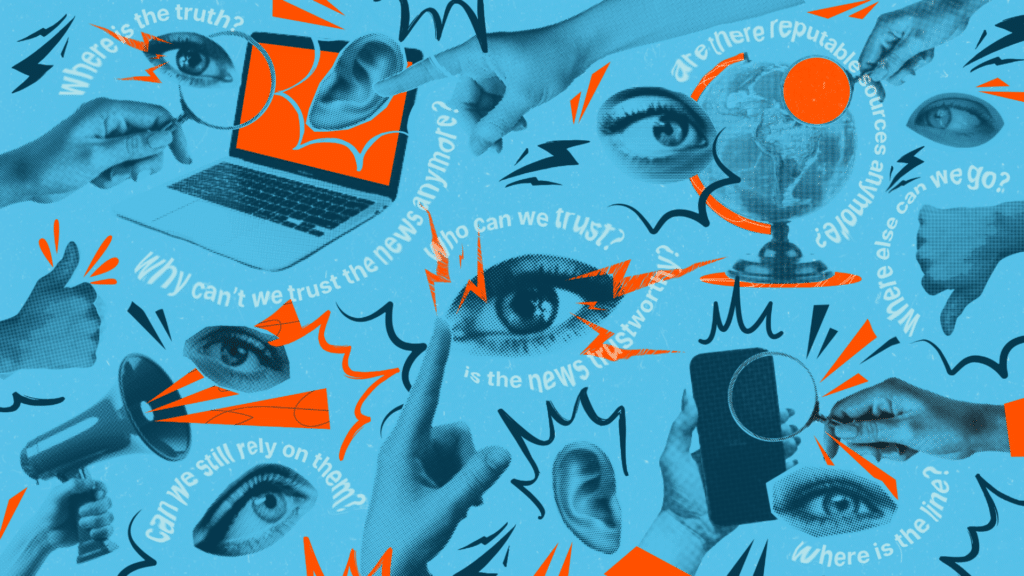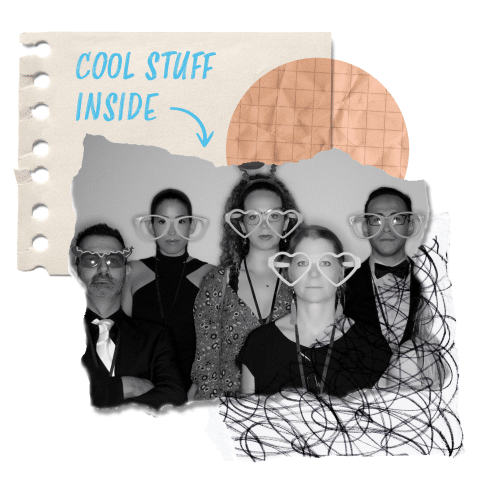I can’t recall a time when my family wasn’t struggling with weight. My first memory of dieting is from my middle school years. I distinctly remember my mom singing the benefits of one slice of bread filled with an entire pack of those paper-thin slices of fake sandwich meat. I remember the year that my dad’s mom came to live with us, and our entire family gained 10 pounds each (I can’t remember if it was from the stress or the eternally full bowl of M&Ms).
I remember the people in my life that showed me how my healthy behaviors could be different. For example, my high school conditioning coach who helped me developed my first bicep muscle, my best friend who taught me how to jog around the block, and the multiple rugby coaches who pushed me to be fitter, faster, stronger.
And Ian, my coworker who rode his bike to work.
From Maps to Mixte
I met Ian in the mecca of bike commuting known as Portland, Oregon. I didn’t realize it then, but I was spoiled with connected and fast transit, lots of bicyclists on the road, protected bicycle lanes and maps, upon maps, upon maps of the infrastructure developed just for two-wheeled commuters. (You must remember this was almost 15 years ago – way before Google Maps — and I was still faxing pitches and press releases to news desks across the county. I was also going to the university library to read papers from across the country. We still called landline telephone numbers). Needless to say, the printed bicycle maps were glorious.
I don’t recall how I felt when I saw Ian ride his bike to work. He was a pretty quiet fella, our copywriter. He could weave written words like magic, but he wasn’t outspoken about his bicycle commute. But I do remember that I began asking him about his commute and what was like to ride a bike to work.
Ian was kind enough, upon my line of questioning, to meet me at my house, show me the route to safely bike to work, teach me how to ride with traffic, and help me find my return route home. He was, in essence, the human version of Google Maps in a super hero costume.
Ian changed my life forever. We only worked together for a little over a year and half, but he left me with a love of bikes and a clear understanding of how to write a media release subhead that supports the main headline. Those are two skills that I employ every day in my professional life.
Our Public Relations’ Biking Culture
This is the true benefit of a healthy workplace. We are all born into the familial and social circumstances that greet us as we enter this world. We don’t have the privilege to choose positive food role models, perfectly active parents, and familial habits that lead us to a path of healthy living. As we reach our adult life, we still need mentors or opportunities to continue to learn and develop new and healthy habits. That’s our approach at Mixte, a public relations firm in San Diego that loves bikes.
For a while, we had 100% bike commuters at our office. This isn’t accidental. It’s because as the boss in charge, I designed a culture that values a little sweat, offers bike parking, encourages bike safety with company-sponsored bike maintenance classes, and encourages bike commuting between meetings. It makes it easy, fun, and contagious.
But a healthy work isn’t just about a bike-commute. Our public relations firm provides laptops so that the staff can work remotely, if even only from the coffee shop down the street. We have several workspaces at our office, including a moveable standing desk, a couch, outside workspace and the typical desk space. We work really hard, and I mean we really have to work at it, to have lunch breaks away from the office. With a little extra communication to the team, our staff can take long breaks for surf, or can get away for a run, a yoga class or a walk.
We spend too much time at our office to lead with and overlook unhealthy habits. If obesity and inactivity-related diseases are some of the most chronic killers in our society, we can make a concerted effort to overcome that by encouraging and enabling positive healthy behaviors at the office.
What does your office do?
